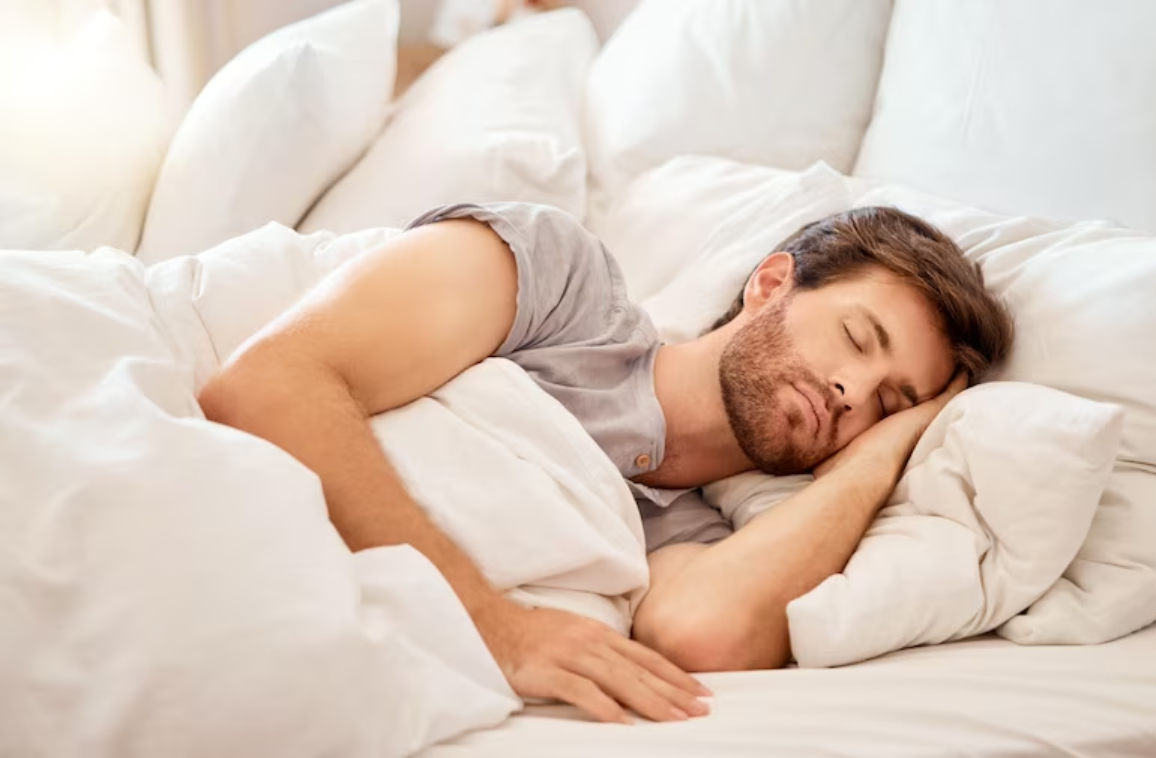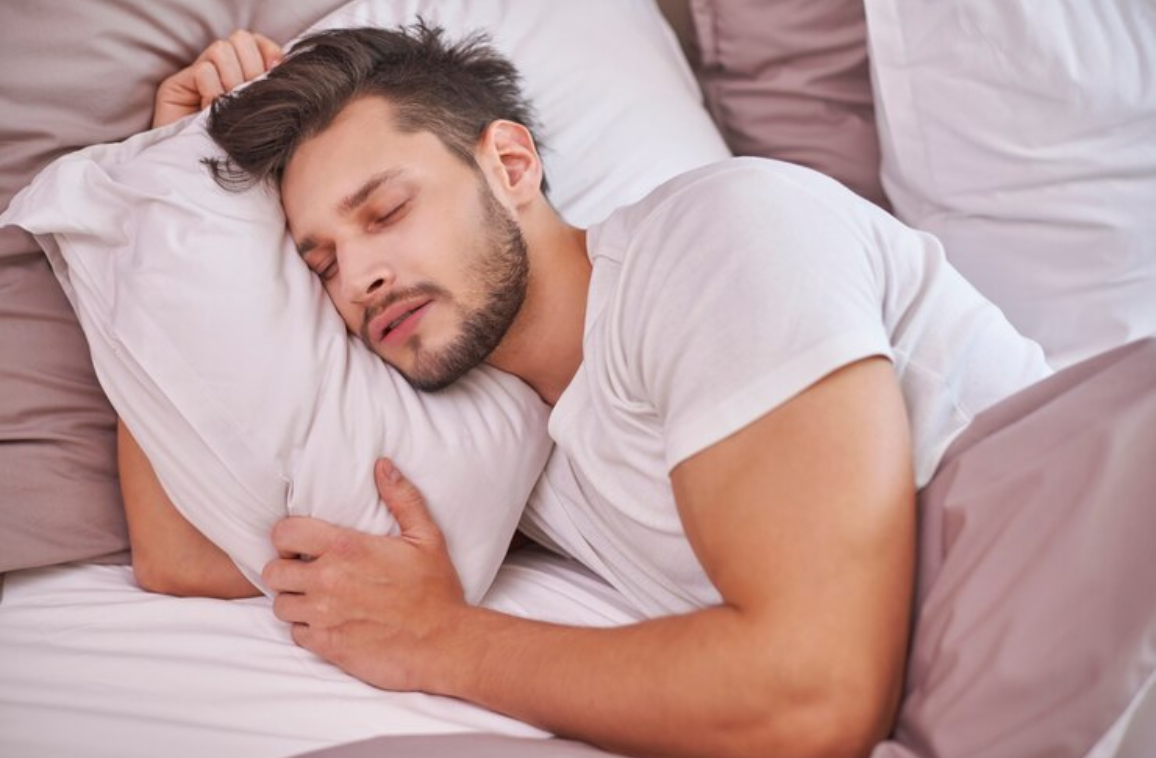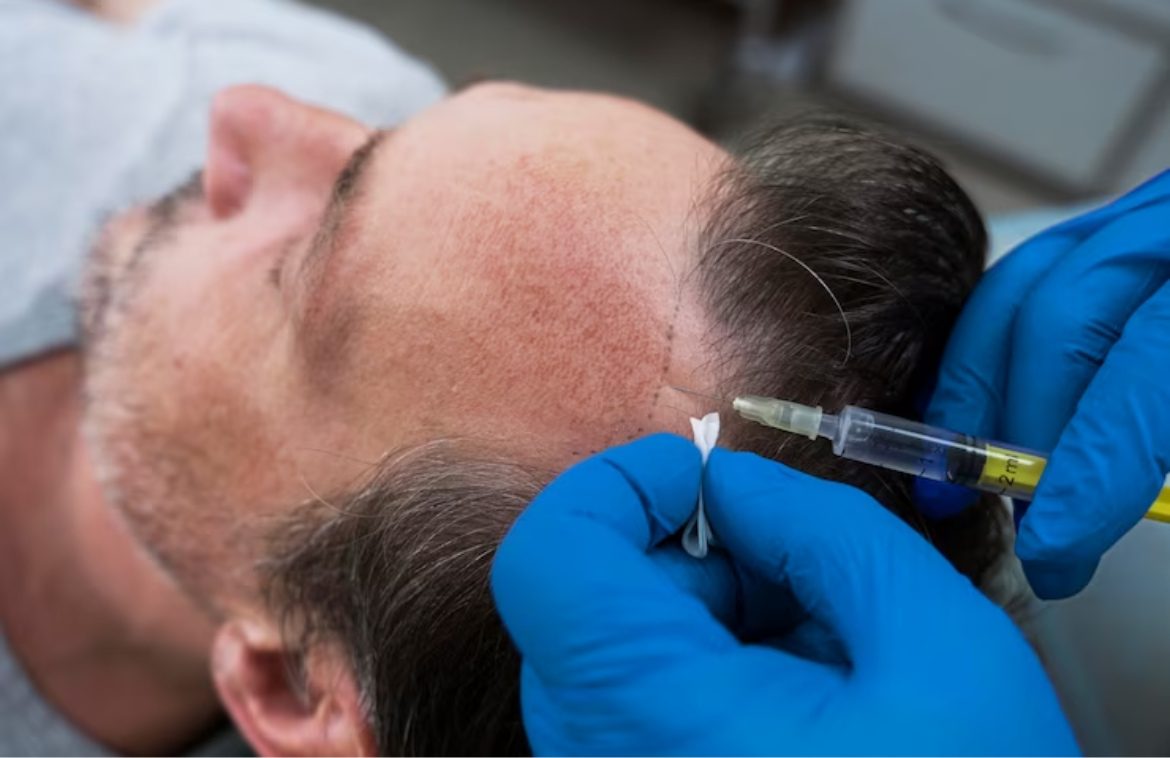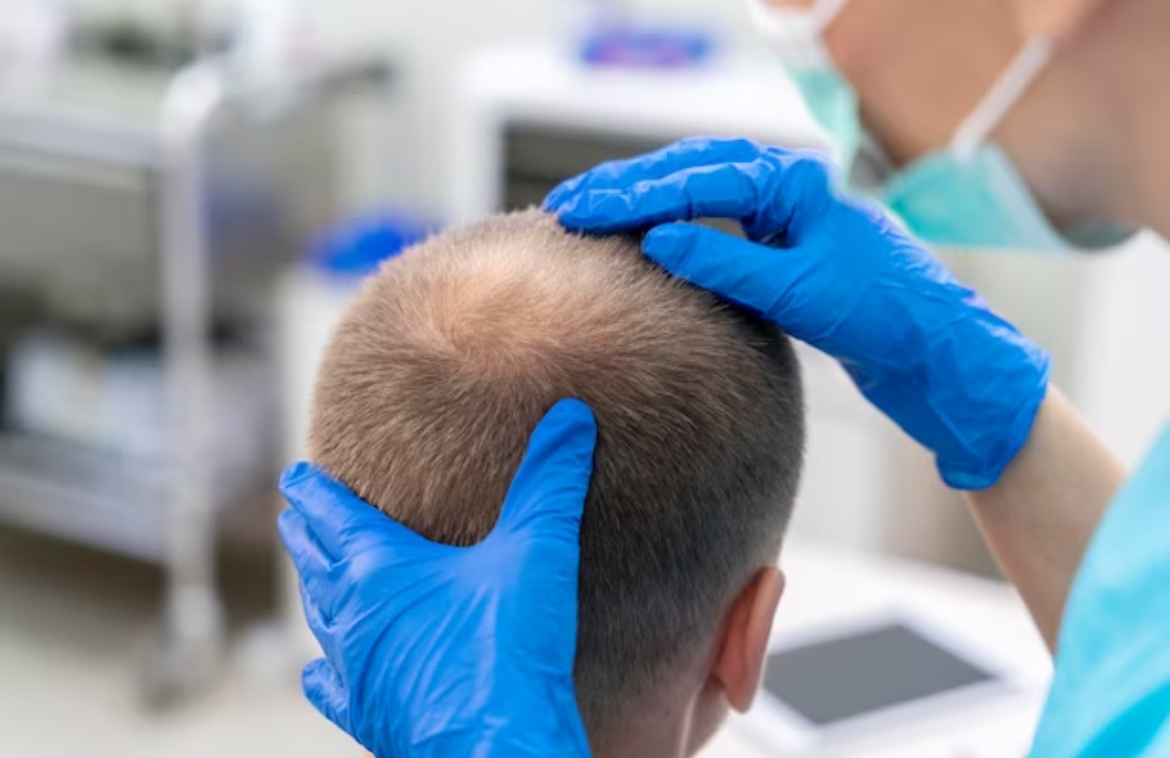Hair transplant becomes necessary for those who do not like their bald heads. By adhering to hair transplant tips, it helps to cope with the situation after a hair transplant during sleep time.
Once the hair transplant is done, it is important to take extra care when sleeping. Regular sleeping habits and positions of risk do irritate one’s scalp and prolong one’s recovery. There is also a danger that one’s delicate new grafts will become dislodged or even damaged if the scalp comes into contact with one’s pillow.
Few tips on how to sleep during the recovery period:
- Sleep with a supportive neck cushion for the first five nights after a hair transplant. This ensures that one’s head remains in a safe, neutral position, preventing one’s fragile grafts from making contact with the pillow.
- Add an extra pillow for the first three nights to elevate the head above the level of one’s heart in order to reduce pain and prevent swelling.
- Try to sleep with one’s head and neck elevated above the level of one’s heart for the first three nights, during which there is the highest risk of swelling. It is better to sleep with a neck cushion or a rolled-up towel in order to keep the head in a safe position for the first five nights until the grafts are indeed secure.
- Avoid tossing as well as turning in bed, as this increases the risk of the grafts becoming dislodged, like by hitting the headboard.
It is important to protect the precious grafts following one’s surgery.
Understandably, several of the patients do want to know how they need to care for their fragile new grafts when they leave the clinic. One of the most common areas of concern is, indeed, how to sleep after a hair transplant.
It is a good idea to sleep with a supportive neck cushion for the first five nights after a hair transplantion. This does ensure that the head does remain in a safe, neutral position, preventing one’s fragile grafts from making contact with the pillow. It helps to add an extra pillow for the first three nights in order to elevate one’s head above the level of one’s heart and reduce postoperative swelling.
Why sleeping position important after a hair transplant?
If one has undergone an FUT or FUE hair transplant, it is important to take extra care when sleeping after the surgery. Regular sleeping habits as well as positions risk irritating one’s scalp and prolonging one’s recovery. There is also a danger that one’s delicate new grafts will become dislodged or damaged if one’s scalp comes into contact with the pillow. This could indeed negatively affect the results and jeopardize the success of the treatment.

Further tips on how to sleep after a hair transplant
- Elevate your head and neck: Try to sleep with one’s head and neck elevated above the level of one’s heart for the first three nights, during which there is the highest risk of swelling.
- Avoid excessive movement: Avoid tossing and turning in bed, as this does increase the risk of the grafts becoming dislodged by hitting the headboard. Although sleeping can indeed be challenging for a couple of days after a hair transplant, discomfort will not last for long.
- Cover one’s pillow: Neck pillows protect one’s bedding from any leakage that may occur from the scalp during the initial postoperative period.
- Keeping a clear diary: During the first two nights after surgery, the patient may have to wake up every two hours in order to spray one’s grafts with the ATP aftercare solution. This intervention improves the survival of the transplanted hair and also accelerates the healing of the scalp.
- Avoid sleeping tablets: Avoid taking sleeping tablets during the first five nights after a hair transplant so that contacting one’s new grafts during a deep sleep is avoided.
Conclusion
Hair transplant tips, if followed, will help you sleep well after a hair transplant.




